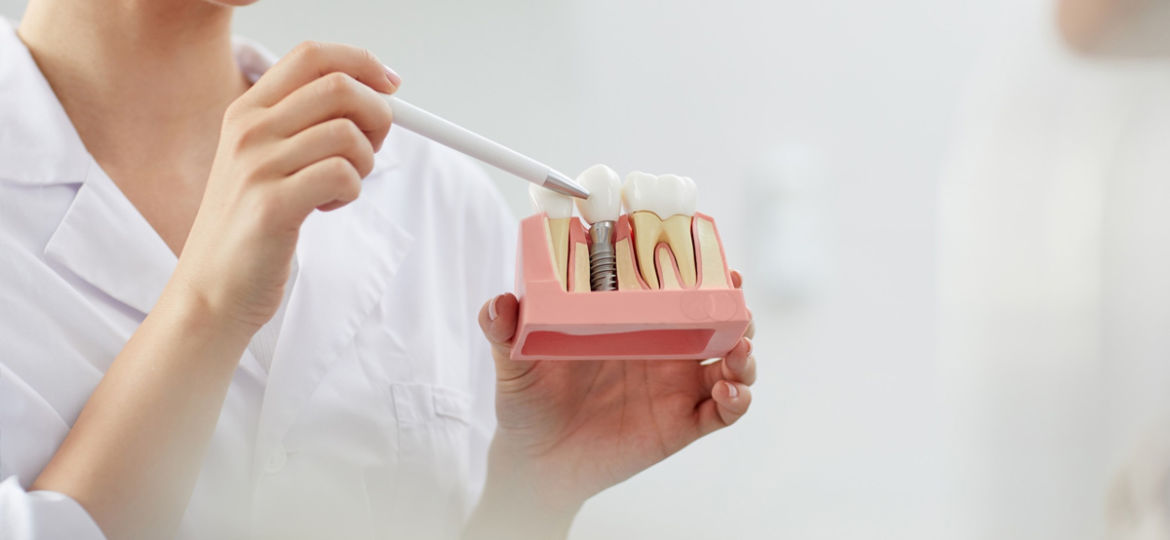
We’re pretty sure you many of you haven’t heard of resorption before. We’ll explain the cause, show an example case and discuss treatment. Resorption is an inflammatory process that results in the slow destruction of the tooth. But it is NOT a cavity. Even if you have a very healthy mouth and have never had a cavity in your entire life – you could still lose a tooth from resorption.
Causes of Resorption
- Trauma/blunt force trauma. Even trauma from many years prior such as slipping and falling as a kid or getting a soccer ball to the face.
- Unknown cause – unfortunately, in many cases, we do not understand the cause.
- Certain systemic diseases
- Radiation therapy
The X-rays shown below are some examples of resorption that have been diagnosed at Mint Hill Dentistry.
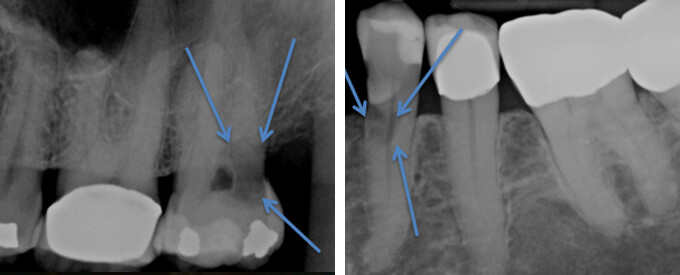
Example Case
Background
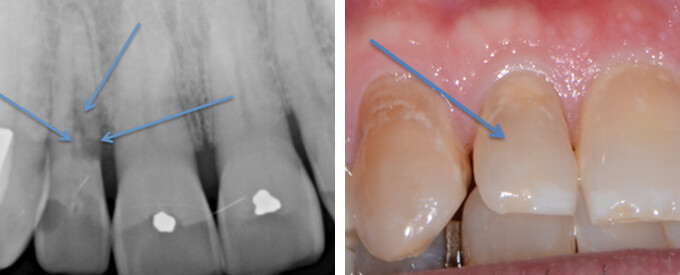
This case will show an individual’s front tooth that had to be extracted because of resorption. In the X-ray to the left, you can see the blue arrows pointing to the hole in the tooth. As seen in the pre-operation photo, the top part of the tooth (what you see when smiling) looks normal. In this particular situation, the individual had no idea that this tooth had a problem until it started to hurt.
Resorption Treatment
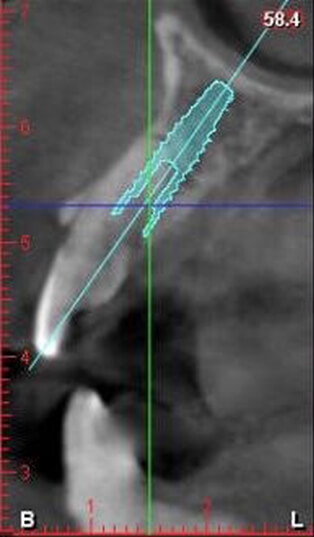 If resorption is caught early enough it can sometimes be treated with a root canal, but unfortunately this tooth couldn’t be saved. In this case, the individual choose to replace their tooth with a dental implant. The image to the right shows the planned implant position using advanced 3D imaging software and the CT scan.
If resorption is caught early enough it can sometimes be treated with a root canal, but unfortunately this tooth couldn’t be saved. In this case, the individual choose to replace their tooth with a dental implant. The image to the right shows the planned implant position using advanced 3D imaging software and the CT scan.
The implant was placed at the same time the tooth was extracted/removed. A temporary tooth was also placed on the implant at this time (tooth in a day), so this patient always had a FIXED tooth to smile with throughout the process.
Surgery
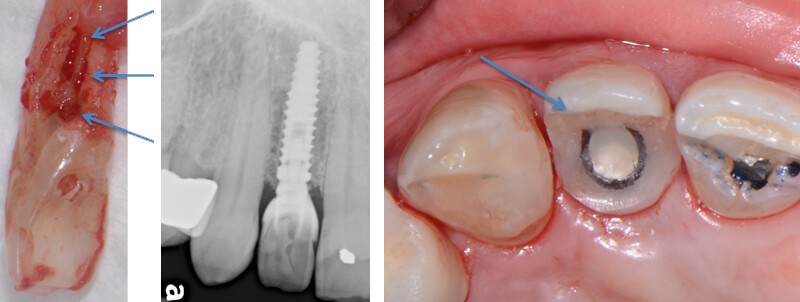
The first picture shows the large hole created by the resorption in the root of the tooth. Ouch! The X-ray shows the implant on the day of the surgery with the temporary tooth attached to the implant.The last picture shows the temporary tooth, which screws in to the implant from the back side where no one can see it. We were able to use the patient’s own natural tooth and attach it back to the implant as the temporary!
Three Months Post Surgery
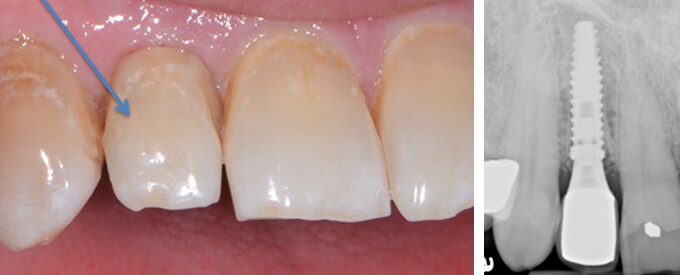
After three months of healing, the implant is “integrated” and ready for the final restoration. The picture shows what the temporary tooth looks like at the three month period and how well the individual has healed. And the x-ray shows the implant with the final tooth attached.
Prevention
If resorption is caught early, it can often be treated successfully to save the tooth. This is one more reason why routine X-rays are so important. The dentist is looking for MORE than just cavities! If a tooth needs to be extracted because of resorption, an implant is often the best way to replace the missing tooth.
Reach out to us at Mint Hill Dentistry if you would like to schedule a consultation with our doctors.

